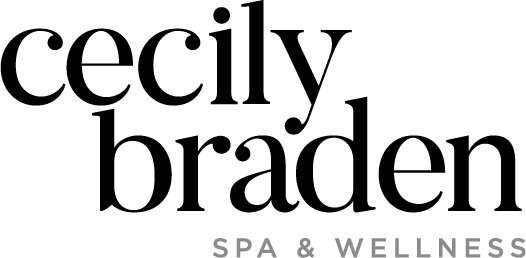Gua Sha | A Brief History
Researched and written by Clive Witham for Cecily Braden Spa & Wellness.
The information below is protected by the DMCA. Do not copy without consent or credit.
In Mandarin Chinese the pronunciation is guāshā, which has a high-level tone on the ‘a’ sound. This is a steady high sound, produced as if it were being sung instead of spoken. The ‘sh’ is similar to English. When the ‘sh’ is pronounced ‘s’, it signifies a regional accent usually in the south. Both pronunciations are correct, with the most popular being the standard Mandarin.
Gua Sha Origins
With its origins in the treatment of abscesses in the Warring States period (475-221 BCE) of ancient China, Gua Sha has been a mainstay as a folk medicine since antiquity. Theories of ‘sha’ disease gradually developed based on the premise that a pathogen was to be cleared and dispersed from the body and this was combined with a scraping technique, initially involving a hemp rope rubbing method using water or sesame oil in the Yuan dynasty (1271-1368 CE). This was developed in the Ming dynasty (1368-1644 CE) with innovations such as an arched hemp tool and willow branches on the back to treat typhoid fever.
And by the Qing dynasty (1644-1912 CE), the method of scraping had become more precise and expanded away from only on the limbs, using copper coins and buffalo horns. A working framework with the treatment of sha was also developed at this time which enabled a wider application of scraping and included instructions for headaches, numbness of the face and head shaking, and the combination of scraping with bleeding, heating and pinching to treat ‘sha’. Ancient doctors rarely recorded the specific methods, time, and treatment of Gua Sha but in the 20th century with the work of Jiang Jingbo and later Lu Jiru, Gua sha was reinvigorated and an adapted, modernized style of Gua Sha therapy within Chinese medicine was promoted. As Professor Li Jingwei of China Academy of Chinese Medical Sciences concurs, the development of Gua sha is something which has been far from being static and is constantly reborn, developed and improved on throughout its history.
Facial Gua Sha
According to Wang Donghai, Deputy Chief Physician at the TCM Dermatology department in Baofeng Hospital of TCM, it has only been in the 21st century that Chinese medicine has been used extensively in the beauty industry. Indeed, there is very little in the history of Gua sha which appears to refer to scraping as a cosmetic technique. It was not until the Song dynasty (960-1279 CE) that anything resembling the practice of cosmetic scraping appears, in the form of jade rubbing to treat facial scars in the Northern Song era. Many of the ideas behind facial Gua sha have been influenced by traditional Chinese cosmetology, which from the Warring States and Qin and Han Dynasties, came ideas of how the human body and skin color changes are directly related to changes in people’s temperament, age, health, and qi and blood. Also the development of the “three courts and five eyes” ideal facial proportions which still influences aesthetics and modern cosmetic surgery today. Modern facial Gua sha ideas were developed in the 1990s and 2000s by proponents of Gua sha like Zhang Xiuqin who has popularized the ideas of holographic beauty Gua sha through the Chinese media and Shimada Sumiko who developed a Japanese version of Gua sha which was translated and published in Korean and Chinese.
Post Script: Cecily Braden Spa & Wellness and Cecily Braden Spa & Wellness Academy are committed to providing well-researched and responsible training programs. Our research is ongoing and we will continue to work with Historians, TCM Practitioners and Professors to unearth the history of Gua Sha and follow its evolution into its modern day application in the Esthetic Industry, which has been heavily influenced by Dr. Ping Zhang and the introduction of Cecily Braden’s Gua Sha Facial Fusion protocols, which combine Gua Sha and TCM theory with multiple facial massage modalities and techniques using a variety of facial massage tools. They include, but are not specific to, Gua Sha or TCM theory and practice.
Gua Sha resonates deeply with simple back-to-basics approach to healing. It is not, and never has been reserved for experts or healers. It is part of a body of knowledge so profound and enduring that it is inconceivable that it does not belong to everyone. It was after all passed down from generation to generation and has always been more of a folk treatment to be used at home than a procedure performed in a medical center.“Indeed, in some areas, it was quite literally seen as the ‘people’s medicine.’ Essentially, Gua Sha is not the realm of expert specialists with gleaming new scrapers and painful prices. It is the realm of you and your family. Your friends. Your partners. Your neighbors. We collectively own it. And we owe it ourselves to ensure that we know how to use it safely and securely.
“As in most things, it is much better to learn by doing and have someone correct you, than learn from the pages of a book. After all, this is the way Gua Sha was handed down through the generations.
“As a treatment modality, Gua Sha is all about the skin: what happens on it and under it.”
— Clive Witham
